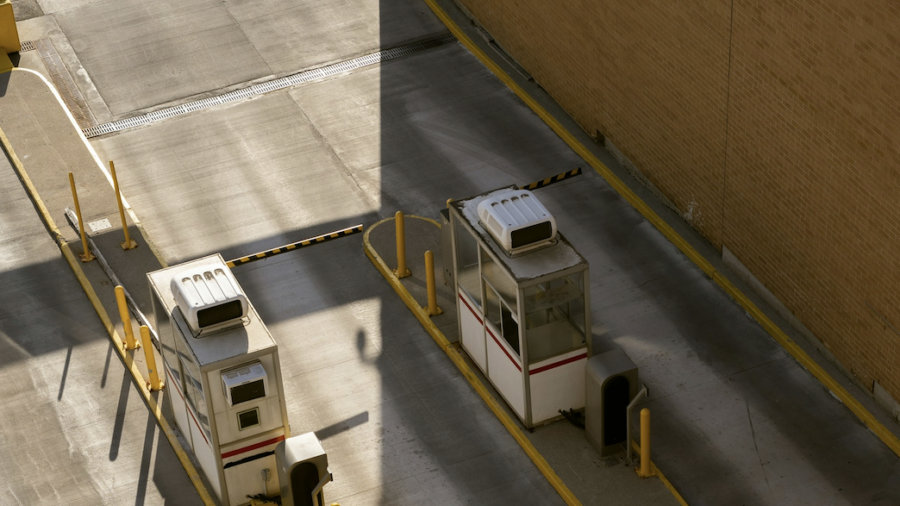Most people say tolls are too high and unfair. A recent independent toll review sought opinions from the public, businesses, local Councils and other parties. See whether you agree with the reviewers and what they want to do next with tolls.
Tolls are too high and unfair
The toll review interim report, released in March 2024, found 87% of motorists think tolls are too high and the financial burden of tolls is increasing. Over 70% say the cost of tolls is unfair.
greenslips.com.au calculated an average increase of 25% over 6 years in toll charges for the same five trips in Sydney. For trips involving the M5 East (currently costs $8.47), charges have nearly doubled. These toll increases far outpace even high inflation.
Find a better way to use funds than toll relief
There is a current toll relief program. Capping tolls at $60 per week began on 1 January 2024. However, toll relief programs have relatively low take-up rates and don’t necessarily help the disadvantaged. They also funnel more taxpayer funds to the dominant roads owner, Transurban
The review wants these funds to be used to reduce tolls overall, rather than giving toll relief to a few.
Use legislation and a new government body to set prices
Transurban has benefited from the efficiencies of operating multiple toll roads, developing its expertise, and long-term concession agreements. The review recognises that a new system of pricing must create similar revenue for tollroad operators as they would have had before. This reduces the need for resolving contractual disputes.
The review recommends new legislation to create a system of network tolls to replace those currently set in concession agreements. It wants to establish a new government body, State TollCo, to set network tolls and IPART to provide oversight of pricing. Finally, it calls for an efficient mechanism to distribute network tolls to tollroad operators.
Introduce network pricing
Current toll pricing is inconsistent, unfair to those living in Western Sydney, and based on individual roads. For these reasons, the review wants to introduce network pricing. This should create smooth changes across the network and avoid large toll changes for individual trips.
The review suggests declining distance-based pricing, which means the further a motorist travels, the lower the per-kilometre charge becomes. Pricing for time of day or congestion on the road can also be used to influence traffic flows. Many tollroads are underused and reducing prices could encourage motorists off more congested local roads. Finally, the review calls for two-way tolling where it currently does not exist, eg, harbour bridge, because one-way tolls are known to distort traffic flows.
Recommendations from toll review
In mid-2024, a final report will make recommendations to the NSW government.*
It will be interesting to see whether the results of this review will create a fairer and more affordable tolling network. In the end, it needs to be affordable, practical and sustainable for anyone to be able to drive around Sydney.
*Since we published this blog, the final report has been released.
Ask us anything about green slips
If you didn’t find the answer to your question, please send it to us and we will answer it as soon as we can.


your opinion matters: